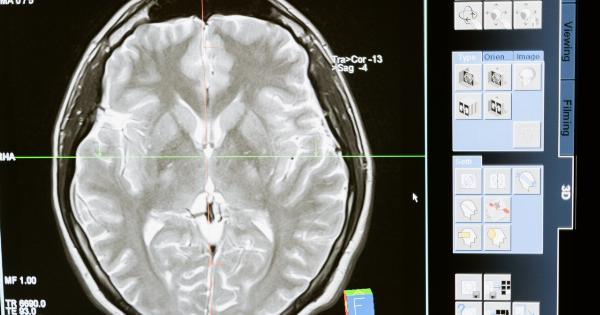A stroke is a serious and sometimes life-threatening medical condition that occurs when blood flow to the brain is interrupted. There are many risk factors associated with stroke, including high blood pressure, smoking, and physical inactivity.
However, there are also many ways to lower your risk of experiencing a stroke.
1. Quit Smoking
Smoking is one of the most significant risk factors for stroke. Chemicals in cigarettes can accelerate the formation of plaques in the arteries and increase the risk of blood clots.
If you smoke, quitting is one of the most important things you can do to reduce your risk of stroke.
2. Control Your Blood Pressure
High blood pressure is a leading cause of stroke. It weakens and damages the blood vessels, increasing the likelihood of blood clots or aneurysms.
By monitoring your blood pressure and taking steps to lower it if necessary, you can significantly decrease your risk of stroke.
3. Maintain a Healthy Diet
Eating a healthy diet, one that is low in saturated fat and high in fruits, vegetables, and whole grains, can help control blood pressure and lower the risk of stroke.
Avoid foods and drinks high in sugar, sodium, and trans fats, as these can all contribute to an unhealthy diet.
4. Exercise Regularly
Physical inactivity is another risk factor for stroke. Regular exercise helps maintain a healthy weight, control blood pressure, and improve circulation. Aim for at least 30 minutes of moderate-intensity exercise most days of the week.
5. Manage Diabetes
Diabetes increases the risk of stroke by two to four times. It can cause damage to blood vessels and increase the likelihood of blood clots.
By controlling your blood sugar levels through a healthy diet, regular exercise, and medication if necessary, you can lower your risk of stroke.
6. Limit Alcohol Consumption
Excessive drinking raises blood pressure and increases the risk of stroke. Women should limit themselves to one drink per day, while men should have no more than two.
If you have high blood pressure or heart disease, you may need to avoid alcohol altogether.
7. Manage Stress
Chronic stress can contribute to high blood pressure and an unhealthy lifestyle. Techniques like mindfulness, yoga, and meditation can help manage stress and lower your risk of stroke.
8. Take Your Medications As Directed
If you have high blood pressure, heart disease, or another condition that increases your risk of stroke, it’s essential to take your medications as directed.
Skipping or reducing doses can increase your risk of stroke, while sticking to your medication plan can help you stay healthy.
9. Get Regular Check-Ups
Regular check-ups with your doctor can help identify risk factors for stroke, such as high blood pressure or heart disease. By monitoring your health and catching potential issues early, you can take action to lower your risk of stroke.
10. Recognize the Signs of Stroke
If you or someone you know experiences the symptoms of stroke, it’s essential to act quickly.
Signs of stroke include sudden weakness or numbness in the face, arms, or legs, difficulty speaking or understanding speech, and a sudden, severe headache with no known cause. Call 911 immediately if you suspect a stroke.





























